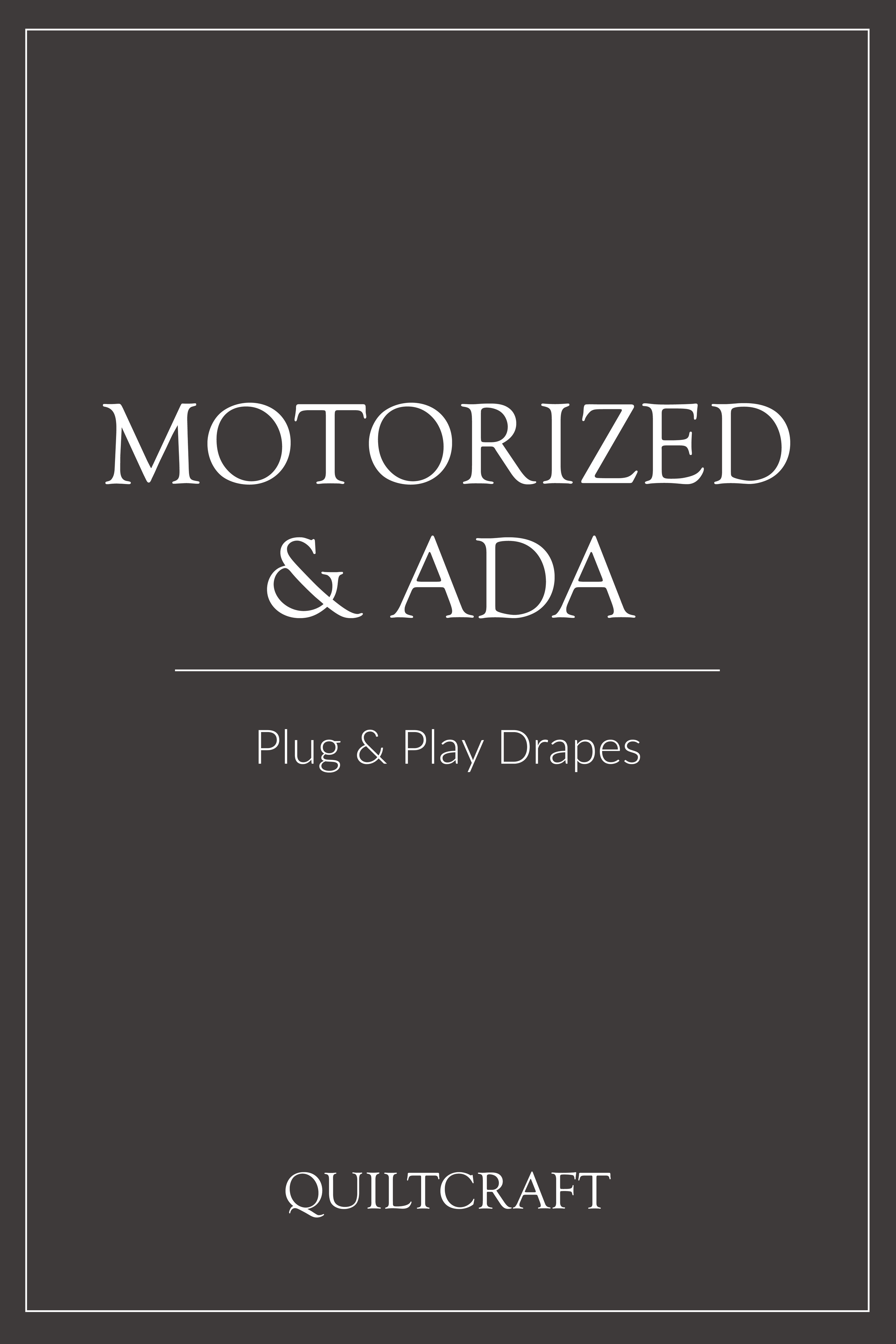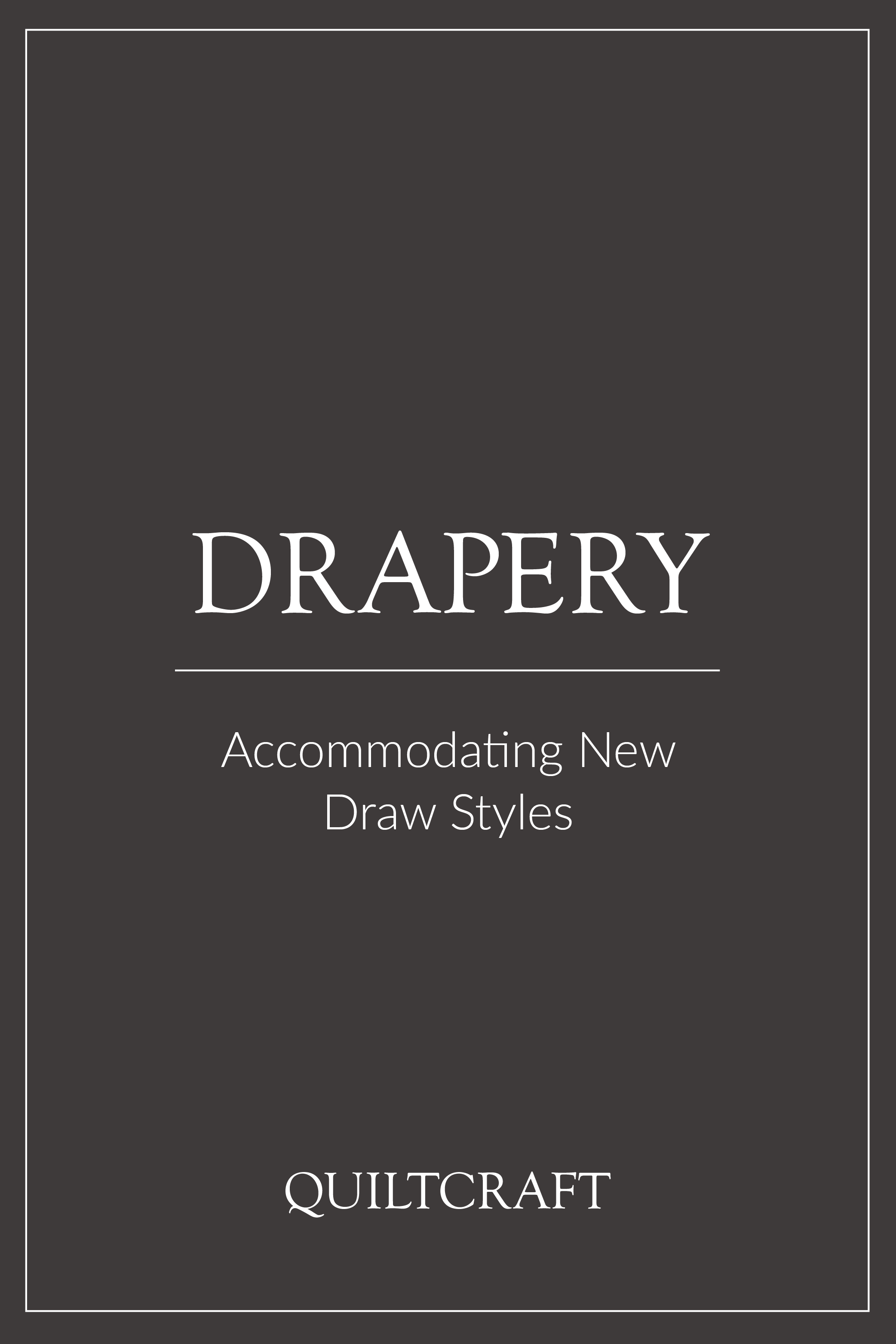Drapery Hardware Basic Components
Commercial drapery hardware is constructed to ensure the stability and longevity required through the consistent use of the drapes within guestrooms. It’s important to keep in mind, components may vary depending on drapery style, hardware installation and motorization; however, this list should give you a pretty good idea of the components needed for a basic drape. Check it out!
Hardware Track
Ensures smooth operation of drapery. Needs to be supported every thirty inches with brackets.
Wall Bracket
Fastens track to bracket by turning of c-clamp. Adjustable width maintains level and accurate installation.
End Stop
Allows the stationary portion of the drapery panel to remain stable while the drapery traverses.
Drapery Carrier (Friction/Ball Bearing)
Enables drapery to move along track. Stationary panels use friction carriers, traversing panels use ball bearing.
Drapery Shoulder Screw
Secures the baton and adapter to the drapery stiffener through the metal grommet.
Baton
Typically 36” long, composed of white fiberglass or clear acrylic. Secures to drapery stiffener with adapter and screw. Open loop end for ADA compatibility.
Stiffener
Sewn into the leading edge of each drapery panel, used to secure the panel to the master carrier.
Drapery Master Carrier
Leads drapery panel along track. Supports drapery stiffener and baton. Modified for right and left panels.
Adapter
Allows the baton to be secured to the master carrier, and ensures smooth operation.
Pin Hook
Used to attach pleated drapery to the hardware. The pin is placed behind the pleat and the opposite side is hooked into the ball bearing carriers.
We hope this post gave you some helpful tips for your next project! We have put this information in a downloadable PDF card so you can print it and keep it near you!
Visit us again for more educational material!
Check Out More Drapery Related Resources












